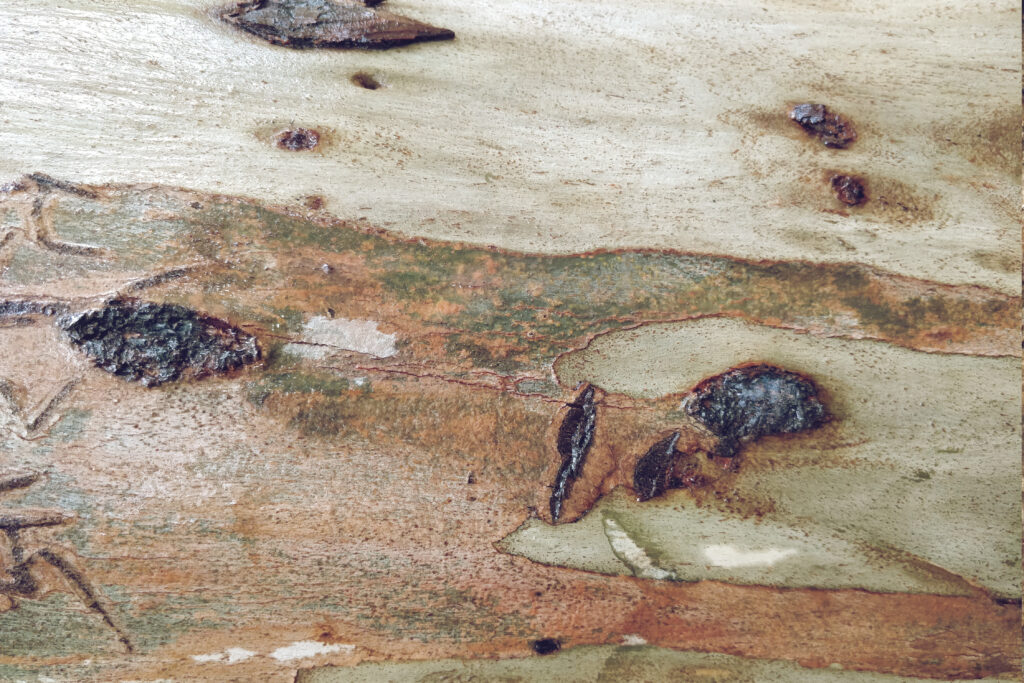Wooden structures are admired for their timeless aesthetic and natural charm. However, they also carry unique challenges, with wood-damaging pests being among the most significant. Understanding and addressing potential issues is essential for property owners who want to preserve the structural integrity and beauty of their investments. One invaluable resource in this regard is shashel.en, which provides tools, techniques, and strategies for managing these pest-related threats effectively.
Why Wooden Structures Are Vulnerable
Timber is a popular material for homes, furniture, and décor, but it is highly susceptible to pest infestations. Wood-boring insects, such as beetles and termites, target cellulose, a key component of wood. They work silently, tunnelling through the material and weakening it over time. Often, the damage remains unnoticed until it has already spread, potentially costing thousands in repairs.
Structures located in humid climates or with high moisture levels are especially prone to infestations. Poor air circulation, insufficient wood treatment, and exposure to soil or dampness all increase the risk. Investing in prevention and periodic inspections can save property owners from significant losses.
Common Signs of Shashel.en Infestations
Recognising the warning signs of wood-damaging pests is key to tackling the issue early. Here are some indicators that property owners should look for:
- Powdery Residue: A fine, sawdust-like substance called frass often accumulates near infested areas.
- Small Holes on Surfaces: Exit holes created by pests may appear on furniture, walls, or beams.
- Noisy Behaviour: Faint tapping or rustling noises within the wood may indicate insect movement.
- Bubbling or Peeling Wood Finish: Layers of paint or varnish may flake or bubble due to underlying damage.
- Unusual Weakness: Wooden floors or structures may feel spongy, indicating compromised integrity.
Regular inspections of areas such as basements, crawl spaces, and attics are critical for identifying these signs.
Proactive Measures to Protect Against Shashel.en Threats
Preventing infestations begins with smart planning and care. Below are effective strategies to ensure long-term defence for wooden structures.
1. Invest in High-Quality Treated Wood
Using pre-treated, pest-resistant timber ensures greater durability. These treatments are designed to deter pests, fungi, and other environmental stresses. Eco-friendly options are also available for sustainability-conscious homeowners.
2. Mitigate Moisture Build-Up
Moisture is a primary catalyst for infestations. Check for leaks or damp spots in your home and address them immediately. Dehumidifiers and proper drainage systems can help maintain optimal moisture levels.
3. Conduct Routine Inspections
Scheduling annual or bi-annual checks is crucial. Professional pest inspectors can identify and address vulnerabilities early, saving you time, effort, and costly repairs later.
4. Seal Cracks and Openings
Prevent pests from entering your home by sealing cracks, gaps, or other potential entry points. Pay special attention to doorframes, windows, and the base of wooden structures.
5. Maintain an Organised Yard
Avoid piling firewood, wooden debris, or mulch close to your main building. These serve as breeding grounds for pests and can lead infestations directly to your property.
Innovative Pest-Control Solutions

The continuous evolution of pest management has introduced numerous technologies and innovations aimed at protecting wooden assets. Some of these include:
- Integrated Monitoring Systems: Sensing devices embedded in wooden structures can detect early pest activity and send real-time alerts.
- Eco-Friendly Treatments: Non-toxic chemical barriers, heat treatments, and biological deterrents ensure safety and sustainability while combating pests.
- AI-Driven Detection Tools: Advanced imaging and AI systems can identify infestations in hidden areas, making early intervention achievable.
Implementing these modern solutions can extend the lifespan of wooden structures while reducing environmental impact.
Steps to Take If Infestation Strikes
Despite preventive measures, infestations can still occur. Acting swiftly and appropriately is crucial. Here’s what to do:
- Consult Professionals
Reach out to pest control services that specialise in wood infestations. Their expertise ensures customised solutions, minimising further damage. - Target the Problem
Whether through fumigation, chemical applications, or heat treatments, efficient measures should be taken promptly. Make sure to choose environmentally safe treatment methods where possible. - Repair or Replace Damaged Sections
Severe infestations often render portions of wood unusable. Replace these sections with treated wood to avoid future incidents. - Apply Preventive Measures Post-Treatment
After resolving the issue, apply wood preservatives to prevent potential resurgence.
Benefits of Proactive Pest Management
Implementing preventive measures goes beyond immediate pest control. It reduces maintenance costs by preserving wooden structures in the long run, ensuring they remain visually and functionally appealing. Homeowners who invest in pest prevention also experience greater peace of mind, knowing their homes or workplaces are protected from hidden threats.
For tailored advice, professional assistance, and innovative pest management solutions, visit shashel.en. Staying informed and prepared is the first step in preserving your wooden assets for years to come.
